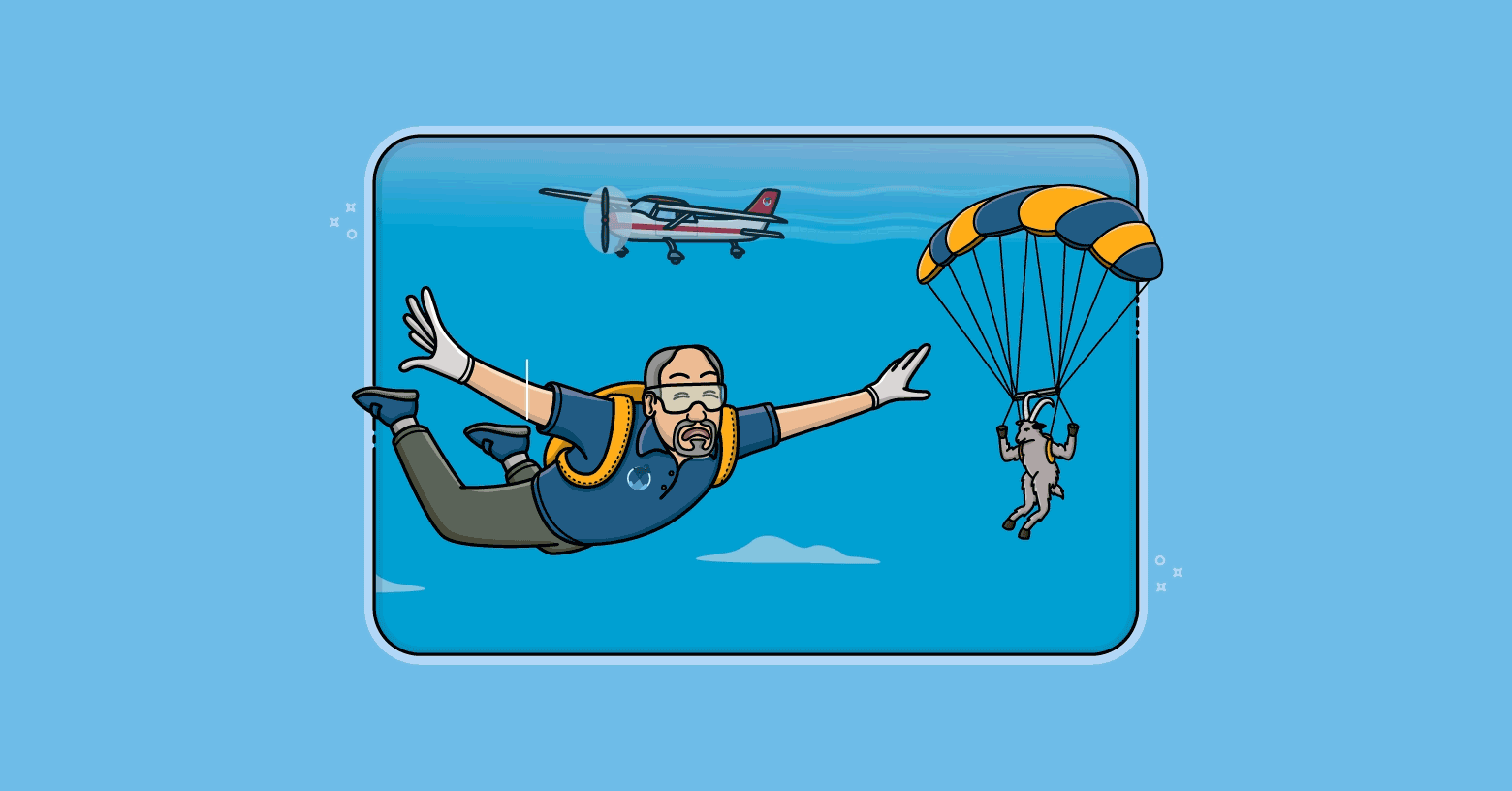None of the agile processes as described by their originators is perfect for your organization. Any may be a good starting point, but you will need to tailor the process to more precisely fit the unique circumstances of your organization, individuals, and industry. As Alistair Cockburn once told me, “Having a chance to change or personalize a process to fit themselves seems to be a critical success factor for a team to adopt a process. It’s the act of creation that seems to bind teams to ‘their own’ process.”
You may have a clear vision of what “doing Scrum” or "doing XP" means to you, and you may get others to buy into exactly that same vision, but where the organization ends up is likely to be somewhat different. In fact, to even refer to end states in an agile transition is incorrect; there can be no end state in a process that calls for continuous improvement. This creates a problem for an organization that wants to transition to agile through a traditional change approach that relies on gap analysis and then on closing the identified gaps. If we cannot anticipate the end state of an agile transition, we cannot identify all of the gaps between there and the current state. So, a gap analysis–driven change approach will not work.
The closest we can come is to identify gaps between where we are now and an improved, intermediate state. After identifying these smaller gaps, though, we are still left with the problem of how to close them. It is difficult (and often impossible) to predict exactly how people will respond to the many small changes that will be needed on the way to becoming agile. Teamwork expert Christopher Avery views organizations as living systems.
We can never direct a living system, only disturb it and wait to see the response…. We can’t know all the forces shaping an organization we wish to change, so all we can do is provoke the system in some way by experimenting with a force we think might have some impact, then watch to see what happens.
So, a transition to agile cannot be a process that “articulates and defines the entire change process required to bridge the gap between ‘as is’ and ‘to be’ and creates tactical plans,” as I read in a traditional change management book recently. Creating such a plan would require leaping two impossible hurdles: first, knowing exactly where we’ll want to end up; and second, knowing exactly the steps to get there. Because we cannot overcome these impossibilities, the best we can do is adopt a “provoke and observe” approach in which we try something, see if it moves us closer to an intermediate, improved state, and if so do more of it. These pokings and proddings of the organization are not random. They are carefully selected based on experience, wisdom, and intuition to drive a successful transition to agile. For more information on this topic, see Succeeding with Agile: Software Development using Scrum.
Last update: December 28th, 2017








